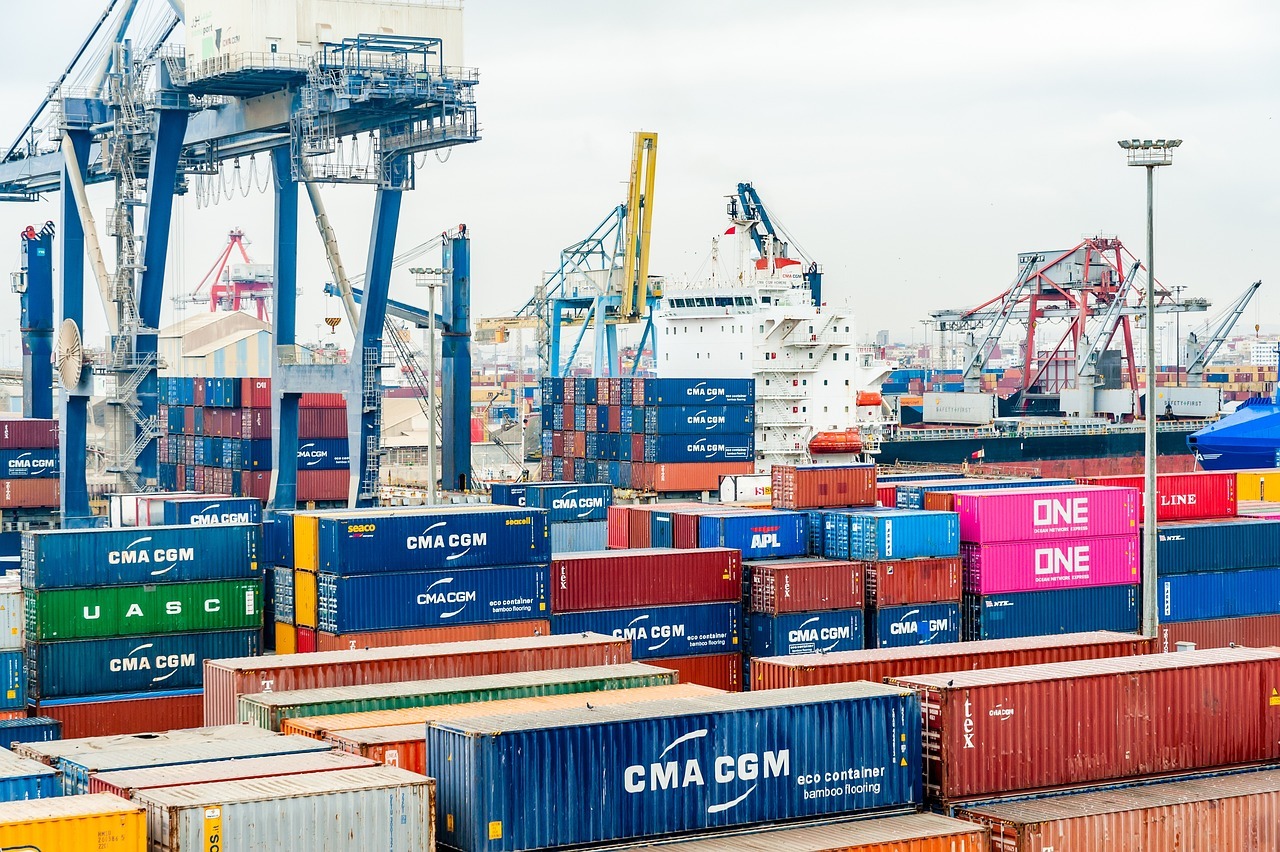Race Against Tariff Deadlines: China–US Freight Rates Soar as Peak Season Begins Early

Tariff Rollback Sparks China–US Freight Rebound, Driving Up Rates Ahead of Early Peak Season
The truce reached between the United States (US) and China in May-25, which included a mutual rollback of reciprocal tariffs by 115% for a 90-day period starting May 14, 2025, triggered a sharp rebound in ocean freight demand on the China–US route. This resurgence followed a period of sluggish activity caused by the 145% US tariffs imposed in Apr-25. As trade activity picked up, freight rates rose, with the Freightos Baltic Index climbing 3.8% month-on-month (MoM) to USD 2,123.76 per 40-foot container. The shipping demand recovery reflects the substantial relief provided by the tariff reductions since US import duties were lowered from 145% to 30%, while China’s tariffs dropped from 125% to 10%. These adjustments helped reignite trade flows and underscored the positive market response to easing trade barriers.
Figure 1. Freightos Baltic Index Trend
Specifically, prices through the China/East Asia (C/EA)-North America (NA) route averaged USD 2,546.60/40-foot container in May-25, an 8.59% MoM rise. Notably, prices began climbing steadily immediately after the agreement was reached. For instance, Asia-US West Coast (WC) route prices rose from USD 2,395/40-foot container in the week ending May 13 to USD 2,788/40-foot container by the week ending May 27, representing a 16.41% rise. The momentum intensified in early Jun-25, with prices reaching USD 5,488 by the week ending June 10, a significant 98% week-on-week (WoW) increase. Similarly, on the Asia–US East Coast (EC) route, freight rates grew from USD 3,406 in the week ending May 13 to USD 4,223 by May 27. By June 10, prices had surged to USD 6,410/40-foot container, reflecting a substantial 61% WoW rise.
Figure 2. Freight Price Trends Across Major Global Shipping Routes
The sharp rise in transpacific container rates signals the early onset of the peak shipping season, driven largely by frontloading efforts ahead of key tariff deadlines. Importers are rushing to move goods before the proposed US tariff hikes on certain countries like the European Union (EU), Japan, and South Korea take effect in Jul-25, and before the US-China 115% tariff rollback agreement expires in Aug-25. In response to the surging demand, carriers are planning additional general rate increases (GRIs) ranging from USD 1,000 to USD 3,000/40-foot container, scheduled for mid-Jun-25 and on July 1, 2025. These GRIs are expected to push freight rates even higher as the market braces for continued upward pressure throughout the summer.
Chinese Port Backlogs Tighten Capacity Ahead of Peak
Despite the rebound in demand, China’s ports are still likely working through a backlog of goods that accumulated during the Apr-25–May-25 slowdown in China–US trade. At the same time, transpacific vessels and equipment that were temporarily redeployed to other trade lanes during that lull are still in the process of returning to their usual routes. As a result, the combination of rising peak season volumes, ongoing equipment repositioning, and persistent port congestion at key Far East hubs is expected to constrain capacity in the short term. These factors are likely to drive much of the anticipated freight rate increases in Jun-25 and Jul-25, as limited availability meets surging demand.
US Ports Brace for Rebound Amid Tariff Pause
On the US side, ports are ramping up preparations to mitigate potential congestion from the anticipated surge in inbound containers. According to Global Port Tracker, US ports are projected to handle 2.01 million 20-foot containers in Jun-25, up 5.24% from the 1.91 million containers estimated for May-25. This expected rebound follows a sharp 13.57% MoM decline in May-25, from Apr-25's 2.21 million 20-foot containers. The drop was largely attributed to the sharp rise in US tariffs to 145%, which dampened import activity. With some tariffs now temporarily suspended, import volumes are expected to recover in Jun-25, though still below last year’s levels. Jul-25 is forecast to be the peak month of this year’s shipping season, with volumes reaching 2.13 million 20-foot containers. However, this figure is 9% lower than the Aug-24 peak and 4% below Apr-25, the strongest month so far in 2025.
Figure 3. US Port Container Import Trend
These projections suggest that the early peak season, driven by the tariff pause deadline, may fall short of expectations. This sentiment is attributed to the frontloading of shipments in Apr-25, which helped build up inventories, and the cautious stance of some shippers, who may be delaying or reducing orders while tariffs remain at the temporary minimum of 30% for Chinese goods.
Geopolitics and Trade Shifts Drive Freight Rate Surge on Other Global Routes
Other global shipping routes also experienced rate increases in May-25, likely driven by geopolitical and trade shift-related factors. On the C/EA–Mediterranean (Med) route, average freight rates reached USD 3,036.65/40-foot container, reflecting a 4.02% MoM increase. This rise is largely attributed to ongoing geopolitical instability, particularly Red Sea diversions caused by persistent Houthi attacks on vessels. Additionally, tensions surrounding the Israel–Iran conflict could exert further upward pressure on rates in Jun-25.
Meanwhile, the Europe–South America WC route recorded a 15.57% MoM increase, with rates averaging USD 3,077.51/40-foot container in May-25. This surge may be linked to Europe’s growing trade pivot toward South American nations, especially Mercosur countries (Brazil, Argentina, Uruguay, and Paraguay). The momentum is being driven by the EU–Mercosur trade agreement and evolving tariff policies, which are encouraging greater shipment flows along this route.
Looking ahead, freight demand is expected to remain elevated in the coming months, as traders continue to frontload shipments ahead of key tariff deadlines in Jul-25 and Aug-25. With capacity under pressure, shipping lines may begin prioritizing high-value or time-sensitive cargo, potentially delaying lower-priority goods. These shifting freight dynamics could introduce greater volatility in both pricing and shipment reliability, especially as peak season activity intensifies. However, the recent tariff rollback marks a notable thaw in US–China trade relations, potentially laying the groundwork for longer-term agricultural trade partnerships between Chinese producers and US importers.

